Name of person filing report: Sergii Iakymov
Reason for Report: End of the season.
Power system:
Solar: Nominal. The network gateway has been reconnected to the station Orbi wifi network.SOC Last 24 hours: Max 100%; Min 78 %; Avg 87.8%.
VDC Last 24 hours: Max 58.64V; Min 47.40V; Avg 52.65V.Generator run time: generator hours 3827.7. Generator locked for the summer break.
Propane Reading Station Tank: 75%. Valve closed for summer.
Propane Reading Director Tank: 56%. Valve closed for summer.
Propane Reading Intern Tank: 71%. Valve closed for summer.
Propane Reading Generator Tank: 79%. Valve closed for summer.
Water (Static Tank) – 320 gallons
Water in GreenHab – 152 gallons
Water (Outpost tank) – 120 gallons
Water in Science Dome: 0 gallons
Hab Toilet Tank emptied: Yes
Notes on Rovers: All rovers moved to Rock Shop for summer break.
Sojourner rover used: Yes.
Hours: 194.3
Ending Charge: 59%
Currently Charging: Yes
Curiosity rover used: Yes.
Hours: 244.8
Ending Charge: 69%
Currently Charging: Yes
Perseverance rover used: Yes.
Hours: 266.7
Ending Charge: 70%
Currently Charging: Yes
Opportunity
rover used: Yes.
Hours: 136.6
Ending Charge: 99%
Currently Charging: Yes
Spirit
rover used: Yes.
Hours: 226.7
Ending Charge: 85%
Currently Charging: Yes
ATV’s Used: (Honda, 350.1, 350.2, 300): None
Reason for use: n/a
Oil Added? No
ATV Fuel Used: 0 Gals
Ethanol Free Gasoline — 0 Gallons
# Hours the ATVs were Used today: 0
Notes on ATV: All parked at the outpost and awaiting to be taken to service.
HabCar used and why, where? Yes. To Hanksville for supplies to pick up. Final mileage – 169558.5, gas – 25%. Oil change – past due.
Crew Car used and why, where? Yes. To/From Grand Junction and Hanksville. Final mileage – 217868, gas – 50%. Oil change on 06/10/2023, next one on 220621 miles.
General notes and comments: Crew car parked at the outpost and hab car at the campus.
Summary of Internet: Starlink unplugged and stored in the HAB. Orbi wifi network connected to HughesNet modem. All work is nominal.
Summary of suits and radios: All suits are picked up by the NorthCal chapter for refurbishing. Radios are placed in the ScienceDome.
EVA COMMS: All batteries separated from the radios and placed in the ScienceDome for summer. All radios are stored in the charging station locker for summer. Radio repeater disassembled and removed from the Hab ridge; Battery, solar panel, pelican case with all content and antenna placed in the Science Dome, all other parts in RAM.
Campus wide inspection, if action taken, what and why: All tarps are removed from the tunnels and inspected, stored in RAM. All tennis balls are collected. Security camera moved on the hab landing leg.
Summary of General Operations: All nominal. Conditions of interior and exterior, and all equipment were photographed.
Summary of Hab operations: Upper deck – fridge unplugged and emptied; All food moved out of the Hab; All unnecessary for summer devices have been unplugged; Remote controlled safety light is installed; Multiply mouse traps are setted up; Rat poison have been left in multiple places; Trash have been emptied. Lower deck – Outside outlets turned off; Toilet emptied; Heater breaker turned off; Water pump breaker turned off; Water pipe solenoid turned off; UV filter data logged and filter turned off; All unnecessary devices unplugged; shop vac and trash emptied; mouse traps are setted up; rat poison are placed around the deck.
Summary of GreenHab Operations: All temperature sensitive devices and fire extinguisher are moved to the Hab; rat poison placed around the area; HughesNet modem moved and plugged into the Hab.
Summary of SciDome Operations: All non-operational equipment were marked; Sink bucket emptied; Shop vac and trash emptied; Security camera placed at the power wall for observations; All unnecessary devices are unplugged; Two security lights are plugged via remote switch; All windows covered.
Dual Split in Science Dome: A/C is on for 74F.
Summary of any Observatory Issues: All parts were replaced and Observatory is operational.
Summary of RAM Operations: All temperature sensitive equipment were moved to Hab; Two big ladders from the tunnels were moved inside the RAM; Roll door were secured with a padlock; All outside and inside breakers are turned off; Outside breaker panel are locked; Trash is emptied;
Summary of Outpost Operations:
Exterior: Valve on the main propane tank is turned off; All outside extension cords are unplugged; Gates are closed and secured by metal wires.
Shed: Door latch is installed and door locked; Interior inventory is organized; Breakers turned off;
Intern’s trailer: Toilet emptied; fridge turned off; water and heater turned off; Internet and network gear moved into the Hab; Rat poison placed in the cabinets; propane valve turned off; door and storage compartment locked; All windows covered.
Director’s trailer: Toilet emptied; Fridge turned off; Water and heater turned off; All unnecessary devices unplugged; All batteries and temperature sensitive equipment moved into ScienceDome; Windows covered; Rat poison placed inside kitchen counter; Propane valve turned off; Front door locked.
Summary of Health and Safety Issues: Nothing to report.
Questions, Concerns, Supplies needed and Requests: Nothing to request.


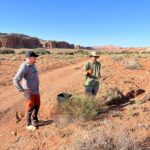
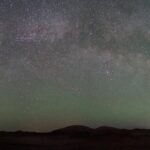
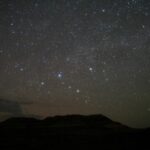
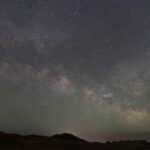
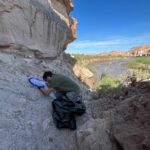
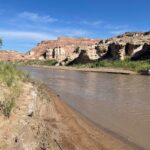
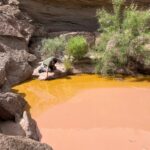
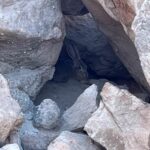
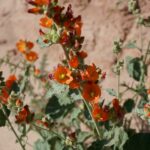
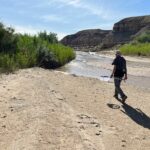
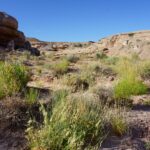
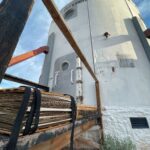
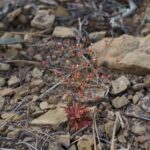
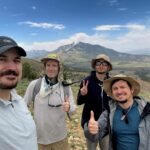
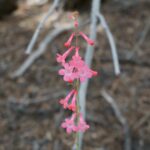
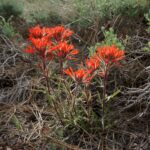
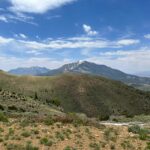
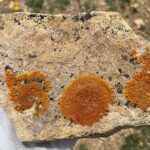




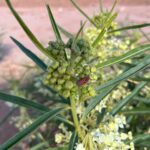
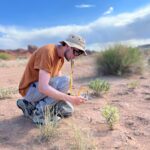
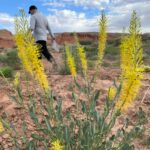
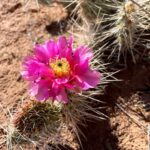
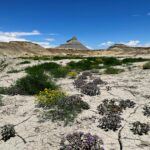
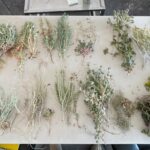
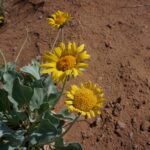
You must be logged in to post a comment.